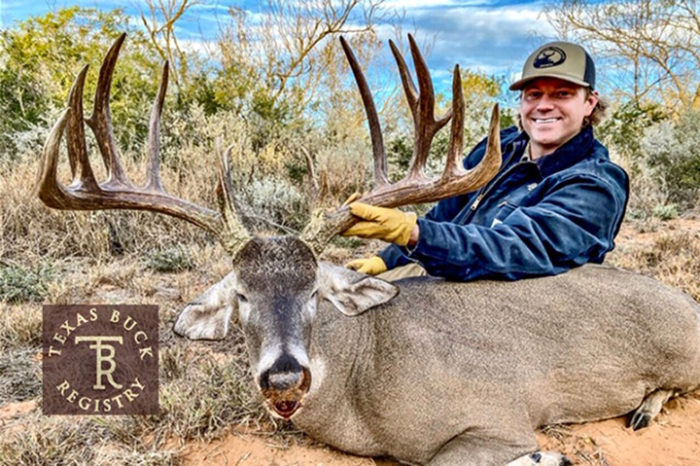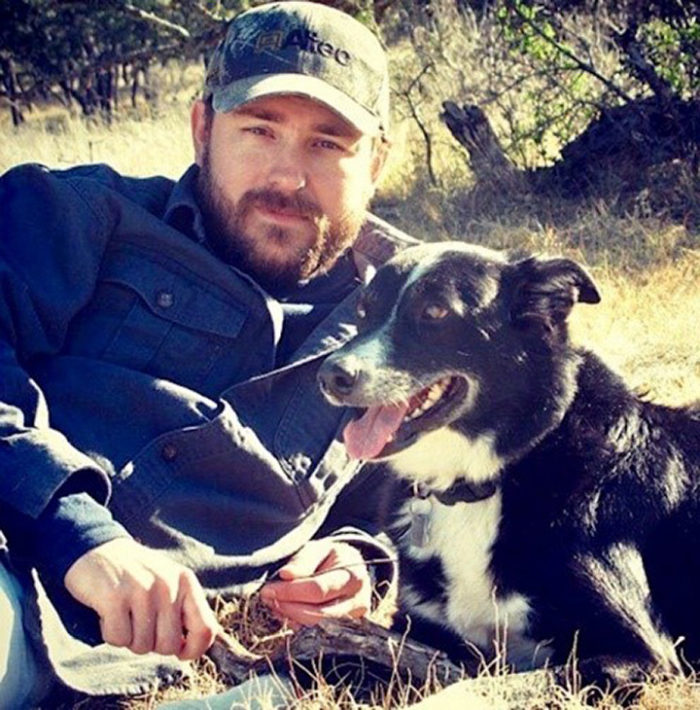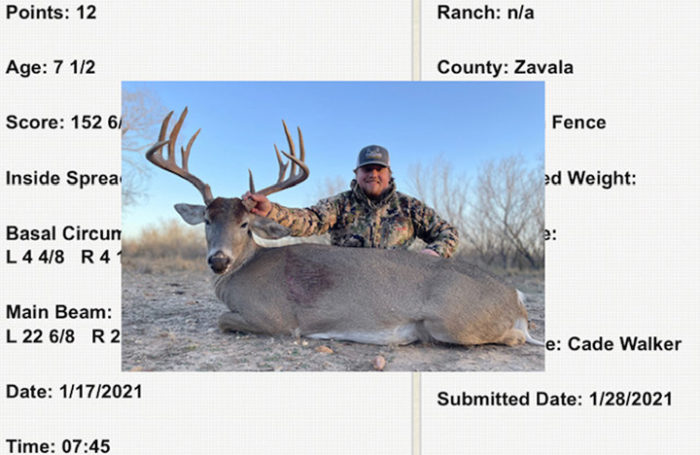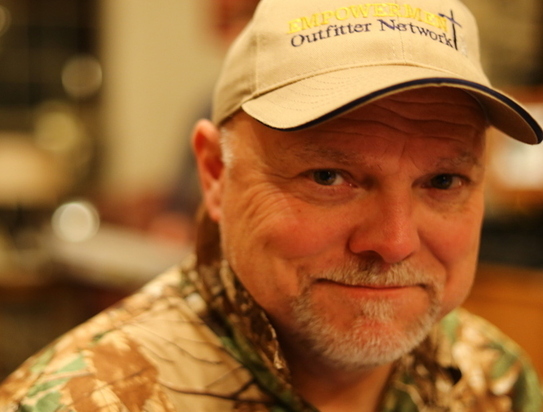Texas Buck Registry: Whitetail Hunting, Management, and History
Like everything in Texas, whitetail hunting is big, both in antlers and tradition. Texas boasts an enormous amount of private land for hunting, and with that comes opportunities for habitat and wild game management.
In 2012, Tompall Glaser established the Texas Buck Registry (TBR) – a web portal that serves as a central hub for hunters to share photos, data, and measurement of the deer they harvest. I’ve yet to meet a hunter who doesn’t enjoy seeing images of whitetail bucks, and this unique community allows them to view deer taken from all over the state. The site is easy to navigate, requiring a simple and free registration. Harvested bucks can be recorded and viewed, as well as filtered by both county and Texas region.
Perhaps the best feature is that beyond the immense whitetail eye-candy lies a seamless tool for landowners, game managers, and management co-ops to track the size and range of whitetail bucks. It also includes a healthy resources page with access to a heap of relevant information on whitetails and deer management.
The Hunting Tradition
Not to be confused with (or related to) one of the original outlaw country music legends, this Tompall Glaser carved a different path in life. This one started hunting around age eight and, like many of us whitetail enthusiasts, is still eaten up with it.
Growing up in Fayette County, Texas, Glaser spent a lot of time in the woods. At that time, deer weren’t nearly as plentiful as they are today. It didn’t matter though, because he simply enjoyed being in the outdoors. In addition to that region, his family-owned ranching and hunting property in the deer-rich Texas Hill Country. In fact, the Kimble County property has been in the Glaser family for almost a century. Talk about tradition.
Having logged many quality hours in the deer woods with his dad and grandpa, Glaser was hooked. It’s no wonder he developed an early appreciation for the outdoor lifestyle and culture—time spent in the blind, deer camp and with family. In fact, before age 10 he once killed a doe, and when his father returned to pick him up, he found a boy with blood up to his elbows. Having no knife, it became apparent that young Tompall had already field-dressed the deer with a piece of sharpened chert.
Whitetail Management
Today, Glaser vehemently promotes management practices aimed at maximizing buck potential.
“I do try to educate myself, as well as my hunters on aging and rough scoring deer on the hoof and monitoring deer per acre and buck to doe ratios,” he said.
In addition to these practices, Glaser actively engages in habitat management practices, such as providing watering locations and supplemental feed for whitetails and other wildlife.
“If you want bigger deer, you need a consistent management plan, and I’m hoping TBR can ultimately aid in this,” he said.
Deer and Deer Hunting Philosophy
Glaser maintains a healthy appreciation of early hunting in Texas and around the country. The nostalgia around the original “if it’s brown, it’s down” age isn’t lost on him. However, Glaser’s accumulated knowledge of whitetails and habitat management has drawn him toward maximizing buck potential as well as fair chase low-fence hunting. After all, it’s what he cut his teeth on. That’s not to say he’s against high-fence hunting; to Glaser, the debate centers more around wild versus imported and pen-raised deer. Still, he understands the pitfalls of such arguments and spends less time contributing to divisiveness and more to promote his philosophy: take a positive approach. Glaser believes that whitetail hunting has a lot more to do with promoting well-managed properties with an emphasis on maintaining herds to be as wild as possible, regardless of fence height.
The Birth and Current Operation of TBR
In Glaser’s mind, the concept of TBR began to take shape due to a couple of events. The first one occurred a few years back, when he took notice of the increase in deer quality in Fayette County after the Texas Parks and Wildlife Department instituted antler restrictions. However, he had no effective way to see the results of these practices in totality, short of checking the county newspaper for photos.
The second event happened when he started managing the family’s Hill Country ranch and found photos and information of past deer harvests. The blood and coffee-stained harvest records and handwritten notes left a lot to be desired. This led Glaser to conceive of TBR one night while driving home from the ranch.
Once the concept was born, it became clear that there would be two primary applications. One, it could serve as a resource for folks around the state to see the deer being shot. Two, it could serve as a harvest record-keeping tool for ranches, replacing the antiquated pen-and-paper system that had been used for so long.
The best part was that history was being recorded in a cumulative fashion, as the number of records grew.
“Right now, I’m focused on growing the number of deer on the Registry, and social media has been a great conduit for that, particularly Facebook and Instagram,” Glaser said. “It’s really been fun to meet and converse with many of our users. It’s enabled me to learn from people in different parts of the deer management spectrum. I can then try to pass that information on to others who may find it useful.”
Looking Ahead
Despite his devotion to TBR, Glaser’s family and finance career take up a lot of his time. As such, TBR is a side project.
“I pretty much have to work on it between meetings, early in the morning and late at night,” he said.
As for Glaser’s current hunting regimen, he continues to spend a lot of time in the field, but less as a shooter.
“It’s somewhat rare for me to actually harvest an animal these days,” he said. “I think my role has shifted from a hunter to a wildlife manager, more of an observational role. Though I usually have my rifle, I always have my camera”.
Today, Glaser encourages hunters to grow the best deer they can in the areas they hunt. He knows that it takes work and time. Concentrating on consistency, flexibility, age-management, and nutrition will eventually pay dividends regarding big buck success.
“Like everywhere in life, there are shortcuts to take, but I think success is so much sweeter when the proper time and effort are given,” Glaser said.
He knows that TBR can be part of this success and hopes deer hunters and management groups in Texas will utilize it. With 3,400 registered deer to date and growing, the sky is the limit for the Texas Buck Registry, as it will not only grow in photos and data but functionality and utility as well. Oh, and don’t forget history.
Based in Texas, Jerald Kopp is President of 1st Light Hunting Journal. His articles cover a variety of topics about hunting and the outdoor lifestyle. Jerald is an avid outdoorsman with deer hunting and whitetails being by far his greatest passion. He was introduced to hunting and fishing at an early age and has been enjoying it for 40+ years. In 2005, he established the Empowerment Outfitter Network (EON) – a faith-based non-profit organization that provides hunting opportunities for disabled and terminally-ill children and youth. When not hunting, he spends his time traveling and enjoying life with Amy, his wife of over 30 years. Jerald and Amy have two adult daughters and a son-in-law.




